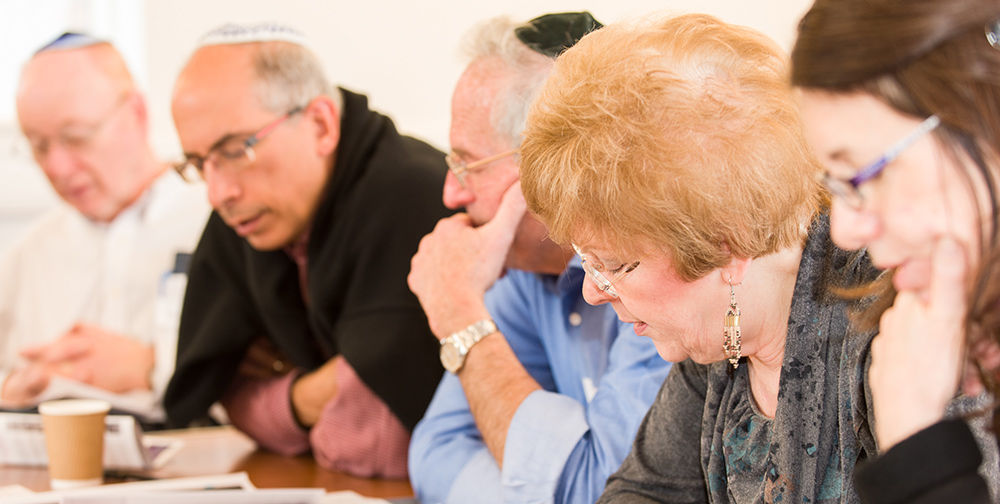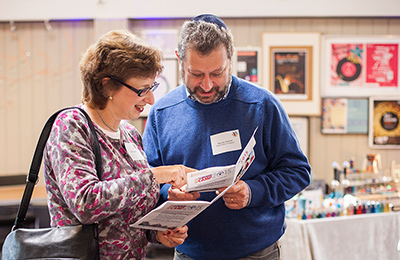Shmini

Shmini deals with two fundamental facets of human existence: death and food. We open with the ceremony celebrating the priestly ordination of Aaron and his sons, which is marked by a series of animal offerings. Then comes the death of Nadab and Abihu, who offer esh zara – strange fire – and are consumed by fire from the Lord: burnt offerings themselves. Following this, Moses instructs Aaron and his remaining sons (Eleazar and Ithamar) as to various rules governing their food consumption; this includes not only the injunction to stay sober when on duty, but strict prescriptions as to what they must (not may!) eat from the grain and animal offerings, and where they must do so (holy foods must be eaten in holy places). The three priests are chided for disobeying these rules, in that they failed to eat the meat of the goat that had been offered as a chatat (purification offering) in the recently concluded ceremony. And, finally, the sedra concludes with an extensive list of living things that may and may not be eaten by any Israelite, along with those that cause impurity in death, through contact with their corpse.
A few things stand out. For one, the link between the first two sections is explicit. The language used to describe the deaths of Nadab and Abihu is identical to the language used two verses earlier, at the end of the ordination ceremony: “Vatetze esh milifnei Adonai vatochal….” “And fire came forth from the Lord and consumed…” – the burnt offering in one case, the two young priests in the other. Consumption by fire and consumption by mouth are also semantically linked in Hebrew as in English, with the verb achal serving for both. The text in this sedra is heavily concerned with delineating categories, yet through its language it also plays with instances where categories overlap.
Categories are also central to the brief episode after the deaths of Nadab and Abihu, when Aaron, Eleazar, and Ithamar draw Moses’s ire for burning the meat of the purification offering rather than eating it, as they were supposed to. Their fault is not merely failing to eat the meat, but treating one category of offering, a chatat, like another – an olah.
This raises another interesting question. Leviticus 16-20 (where Moses berates the priests for not eating the chatat, prompting Aaron’s explanation that this would have been inappropriate given his sons’ recent and sudden death) is usually treated as a kind of coda to the Nadab and Abihu story, with verses 12-15 (the rules about priestly consumption) seemingly there chiefly to provide context. But what if this is backwards? What if the rules are the main point, and the Nadab and Abihu story is there primarily because of its “coda”? Maybe the rest of the story, what we regard as the main bit, is really just background, and the point the text wants to convey is that priests who don’t eat the chatat had better have a really good reason.
In a religion based on holiness, food is serious business. What we put in our bodies has effects in the world. The rules of priestly consumption are not arbitrary, an artefact of the fact that priests need to eat; they’re there because food consumption in the priestly context is a ritual act. The eating of the chatat completes the ritual of purification: death yields to life. The rest of the sedra, with its anxiety over impurity, its uncompromising categories, and its conceptual linking of food and death, then brings this priestly ethos down to the level of the rest of us.
Meira Ben-Gad is a member of Kol Nefesh Masorti Synagogue, where she is a regular Torah reader and co-editor of the community’s semi-annual magazine, Kol HaKehila. In daily life she is a freelance copy editor specializing in academic manuscripts.




